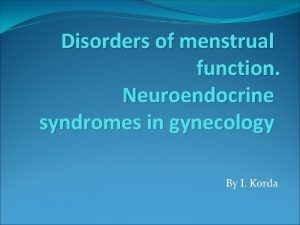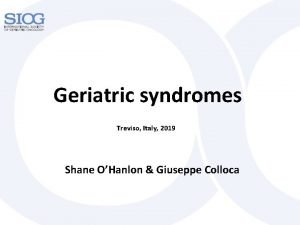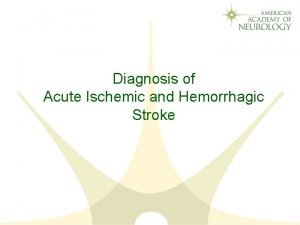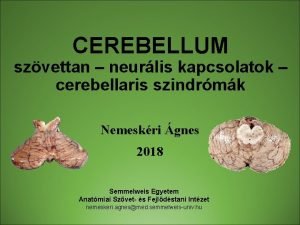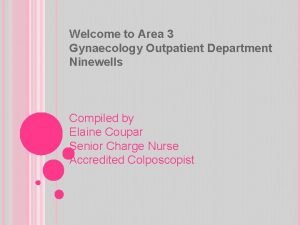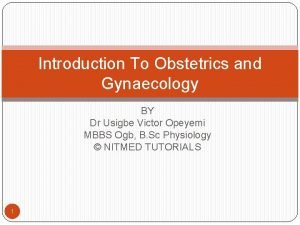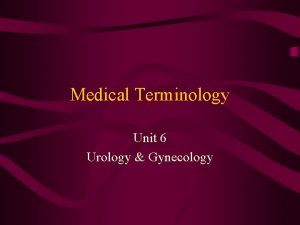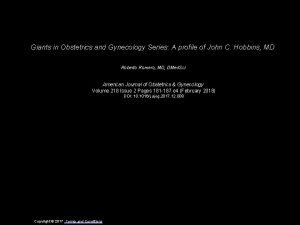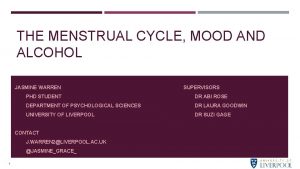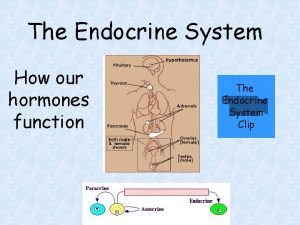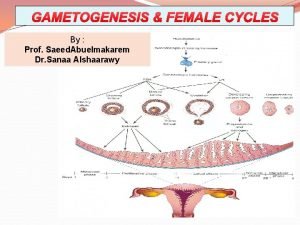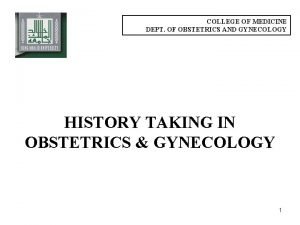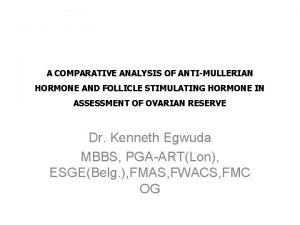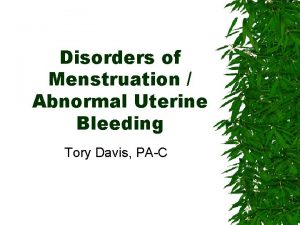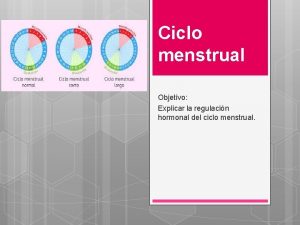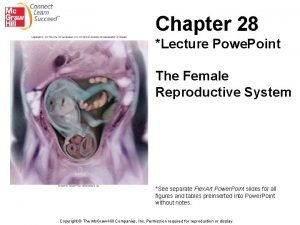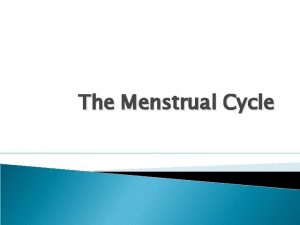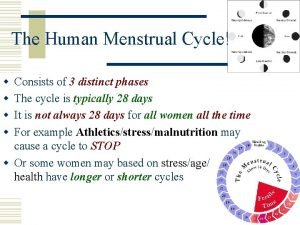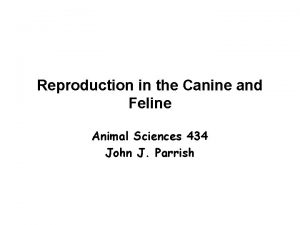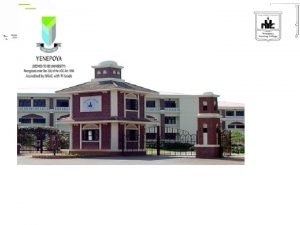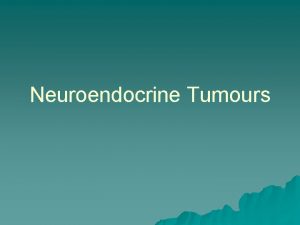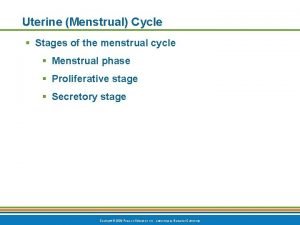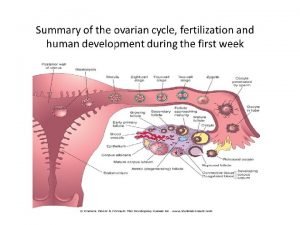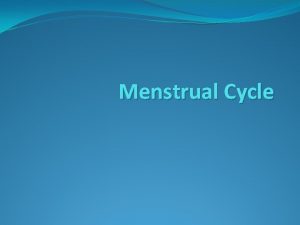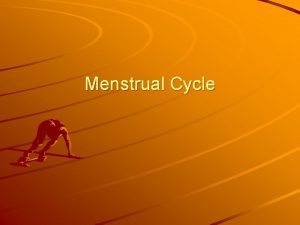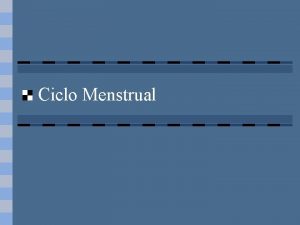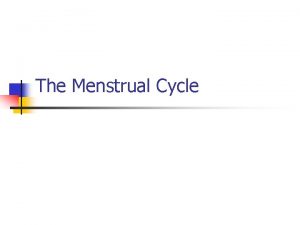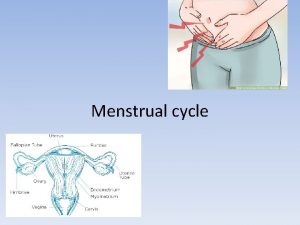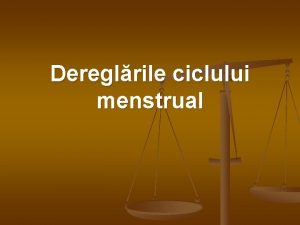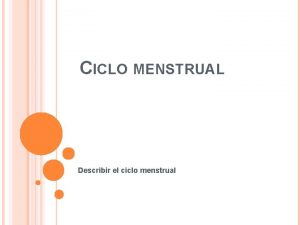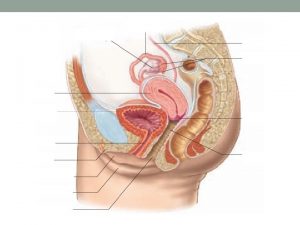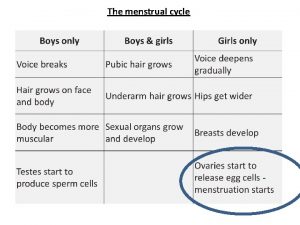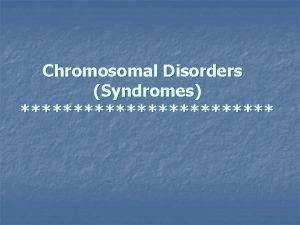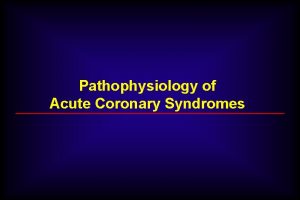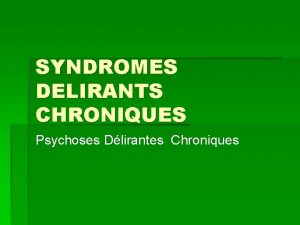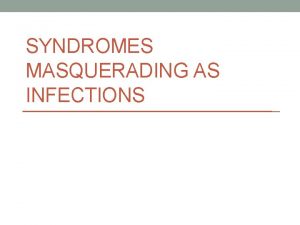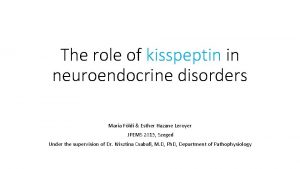Disorders of menstrual function Neuroendocrine syndromes in gynecology


































- Slides: 34

Disorders of menstrual function. Neuroendocrine syndromes in gynecology By I. Korda

The menstrual cycle is a cycle of physiological changes that occurs in fertile females. The female menstrual cycle is determined by a complex interaction of hormones.


Menstrual cycle: Days 1 -5: Estrogen Falls, FSH Rises. Menstrual bleeding begins on Day 1 of the cycle and lasts approximately 5 days. During the last few days prior to Day 1, a sharp fall in the levels of estrogen and progesterone signals the uterus that pregnancy has not occurred during this cycle. This signal results in a shedding of the endometrial lining of the uterus.

Days 6 -14: Estrogen Is Secreted, FSH Falls. Estrogen is secreted by the follicle during this phase of the menstrual cycle. It stimulates the endometrial lining of the uterus suppresses the further secretion of FSH. At about mid-cycle (Day 14), the estrogen helps stimulate a large and sudden release of luteinizing hormone (LH). This LH surge, which is accompanied by a transient rise in body temperature, is a sign that ovulation is about to happen. The LH surge causes the follicle to rupture and expel the egg into the Fallopian tube.

Days 14 -28: Estrogen And Progesterone Secretion First Rise, then Fall. After rupture of the follicle, it is transformed into the corpus luteum and produces progesterone. P supports to prepare the endometrial lining for implantation of the fertilized egg. (If the egg is fertilized, a small amount of human chorionic gonadotrophin (h. CG) is released that stimulates further progesterone production. )

After implantation, the trophoblast will secrete human Chorionic Gonadotropin (h. CG) into the maternal circulation. HCG keeps the corpus luteum viable. The corpus luteum continues to produce estrogen and progesterone, which keep the endometrial lining intact. By about week 6 to 8 of gestation, the newly formed placenta takes over the secretion of progesterone.

If the egg is not fertilized, the corpus luteum shrinks, and the levels of estrogen and progesterone drop, the uterus sheds its lining, and menstruation begins. In addition, with no estrogen to suppress it, FSH levels again start to rise. Thus, one cycle ends and another begins. Normal Menses: Flow lasts 2 -7 days Cycle 21 -35 days in length Total menstrual blood loss 20 -60 m. L The menstruation must be regular, painless.

puberty is the process of physical changes by which a child's “body becomes an adult body capable of reproduction. menarche - A woman's first menstruation is termed, and occurs typically around age 12. The menarche is one of the later stages of puberty in girls. menopause - the end of a woman's reproductive phase, which commonly occurs somewhere between the ages of 45 and 55. Climacteric: 47 -55 years Menopause Premenopause: 5 years before Postmenopause starts 1 year after menopause Perimenopause: transitional phase between pre- and postmenopause: 2 years before and 1 year after

Menstrual cycle irregularities: 1. abnormal frequency Kaltenbach chart: Normal cycle Abnormal frequency: oligomenorrhea Abnormal frequency: polymenorrhea Duration: 28 d 5 Amount: 3 -5 pads or tampons ( 35 m. L) Duration > 35 days Duration < 22 days

Menstrual cycle irregularities: 2. abnormal amount of duration Kaltenbach chart: Normal cycle Duration: 28 d 5 Amount: 3 -5 pads or tampons 35 m. L) Hypomenorrhea Hypermenorrhea Menorhagia Amount < 2 per day Amount > 5 per day Duration 7 -14 days at regular intervals

Differential Diagnosis Primary amenorrhea Gonadal failure Anorexia nervosa Secondary amenorrhea Hypothalamic disorders 49 -62% Pituitary 7 -16% Ovarian disorder 10% Ascherman’s syndrome 7%

Dysorder of Hypothalamus Abnormalities Affecting Release of Gonadotropin-Releasing Hormone Variable Estrogen Status Anorexia nervosa Exercise-induced Stress-induced Pseudocyesis(false pregnancy ) Malnutrition Chronic diseases : Renal, Lung, Liver, Chronic infection, Addison’s disease Hyperprolactinemia Thyroid dysfunction

Obesity Hyperandrogenism Cushing’s syndrome (impaired cortisol rhythm) Congenital adrenal hyperplasia Androgen secreting adrenal tumor Androgen secreting ovarian tumor Granulosa cell tumor idiopatic

Polycystic Ovary Syndrome (PCOS) The ovaries contain many small follicles or cysts. Each has an egg, but they do not grow normally and shrink before ovulation. Each month, new follicles develop and shrink into cysts. The fertility is reduced. Most PCOS cases are unexplained. • The disorder may be inherited. • Deficiency in luteinizing hormone (LH) • Resistance to insulin. A similar effect on the ovaries can occur in women with eating disorders (anorexia or bulimia), or women whose bodies do not properly make estrogen and other steroids (for example, women with congenital adrenal hyperplasia).

Polycystic Ovary Syndrome (PCOS( Clinical consequences of persistent anovulation . 1 Infertility. 2 Menstrual dysfunction. 3 Hirsutism, Alopecia, Acne. 4 Risk of endometrial cancer , breast cancer. 5 Risk of CVS disease. 6 Risk of DM in patients with insulin resistance

Prolactin Secreting Adenoma Most common pituitary tumor 50% identified at autopsy Disruption of the reproductive mechanism Amenorrhea -Visual field defect Galactorrhea Headache Treatment Medical : dopamine agonist Surgical -

Surgical Treatment Dilation and Curettage quickest way to stop bleeding in patients who are hypovolemic appropriate in older women (>35)to exclude malignancy but is inferior to hysteroscopy follow with medroxyprogesterone acetate, OCP’s, or NSAID’s to prevent recurrence

Surgical Treatment: Laser ablation Loop electrode resection Roller electrode ablation Hysterectom

Sheehan’s syndrome Postpartum hemorrhage Acute infarction and necrosis Hypopituitarism= early in the PP period Failure of lactation Loss of pubic and axillary hair Deficiencies : GH, Gn (FSH, LH, ( ACTH, TSH (in frequency(

Turner’s Syndrome Gonadal dysgenesis associated with 45, XO Most common chromosomal abnormality in spontaneous abortion Characteristics Sexual infantilism -Less common Short stature Autoimmune Webbed neck CVS anomalies cubitus valgus Renal anomalies Mosaicism Treatmant

. 1 Asherman’s Syndrome Cause : Curettage , Uterine surgery Diagnosis : HSG Hysteroscope S/S : Miscarriage Dysmenorrhea Hypomenorrhea

. 2 Mullerian anomalies Lack of Mullerian Development Ovaries : Normal Associated anomalies urinary skeleton Investigation: U/S , MRI, Laparoscope


Imperforate Hymens

. 3 Androgen Insensitivity (Testicular Feminization( Male Pseudohermaphrodite Gonadal Sex : 46 xy Phenotype Female Blind vaginal canal Uterus absent Absent or meager pubic and axillary hair Malignancy , Hormone : T or slightly LH

Premenstrual Syndrome

20 year old Jessica Case Episodes of irritability and moodiness Lead to huge arguments with her boyfriend. Sleeps away the day and miss school or work Her boyfriend jokes and makes off-the-wall remarks about PMS. She comes to you for advice. Bloated, tired and hungry during the days just prior to menses.

Symptoms Anger Outbursts

Symptoms Cravings

Irritability

Mood Lability

Approach

Thank you for your attention!
 Finasteride side effects
Finasteride side effects Neuroendocrine syndromes in gynecology
Neuroendocrine syndromes in gynecology What is geriatric syndromes
What is geriatric syndromes Best language nih
Best language nih Anatonomina
Anatonomina Cerebellar syndromes
Cerebellar syndromes Neuroendocrine reflex
Neuroendocrine reflex Neuroendocrine reflex
Neuroendocrine reflex Strss
Strss Gynecologist ninewells hospital
Gynecologist ninewells hospital Introduction of obstetrics and gynecology
Introduction of obstetrics and gynecology Orchid gynecology
Orchid gynecology Vct monitoring foetal
Vct monitoring foetal Gynecology
Gynecology Sexualidad
Sexualidad Menstrual cycle positive feedback
Menstrual cycle positive feedback Conclusion for menstrual cycle
Conclusion for menstrual cycle Types of hormones in human body
Types of hormones in human body Prof baud
Prof baud Miub gyne
Miub gyne Spermiogenesis
Spermiogenesis Menstrual history example
Menstrual history example Conclusion for menstrual cycle
Conclusion for menstrual cycle Menstrual cycle terminology
Menstrual cycle terminology Ciclo menstrual
Ciclo menstrual Ciclo de krebs maqueta
Ciclo de krebs maqueta Powe point
Powe point Menstrual cycle stages
Menstrual cycle stages Premenopusal
Premenopusal Menstrual cycle
Menstrual cycle The human menstrual cycle
The human menstrual cycle Dog period
Dog period Virginia care
Virginia care Menstrual cycle defination
Menstrual cycle defination Menstrual döngü hormon grafiği
Menstrual döngü hormon grafiği

